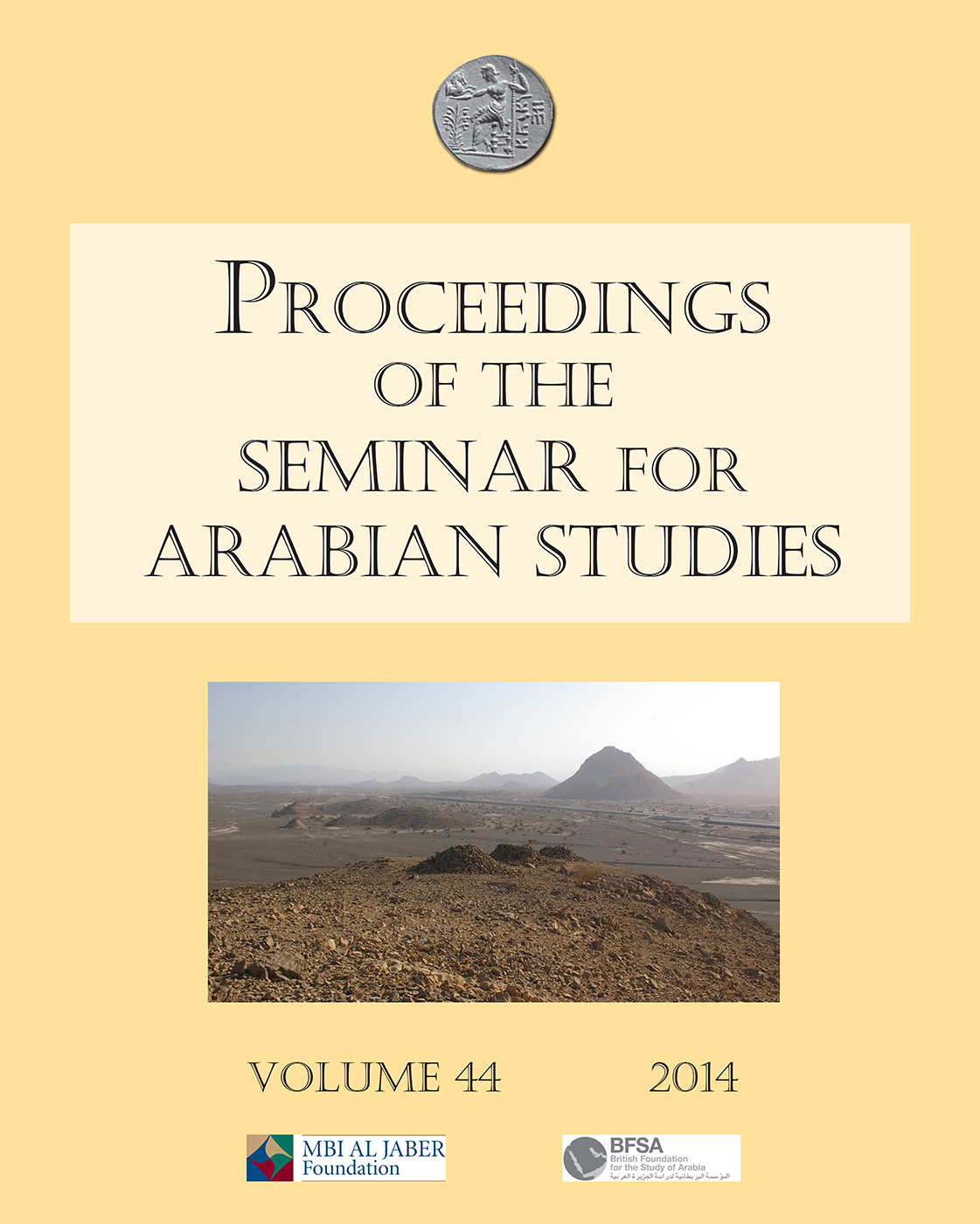Geographic and religious trends in the pre-Islamic religious beliefs of the North Arabian nomadic and semi-nomadic tribes
Abstract
This paper focuses on the evidence for religious practices and beliefs of the nomadic tribes of pre-Islamic North Arabia, in order to detect the relationship between trends in religious beliefs and their geographical spread. Analyses presented rely on the large amount of data from the corpus of Safaitic epigraphic material produced throughout northern Arabia from approximately the second century BC to the fourth century AD. The results show the spatial relationships between the deities worshipped in these inscriptions and their geographical spread, as well as the emergence of influences of religious worship driven by proximity to dominant surrounding cultures. The results also show the make-up of religious formulae in the existence of prayers and curses, and an analysis of important deities and their functions through the religious practices of pre-Islamic tribes.
References
.
Published
How to Cite
Issue
Section
License
Archaeopress Publishing, Oxford, UK


